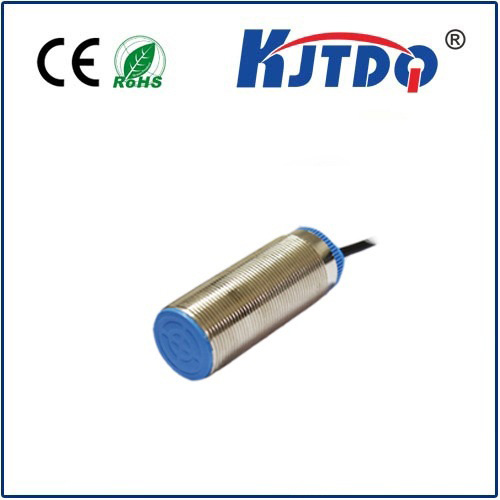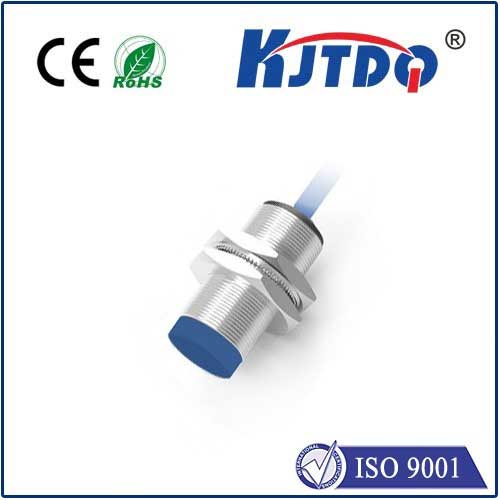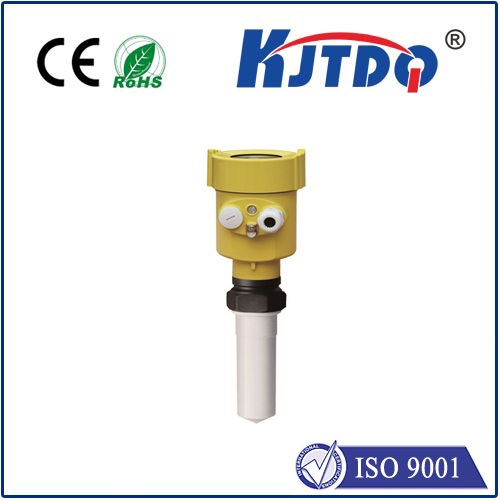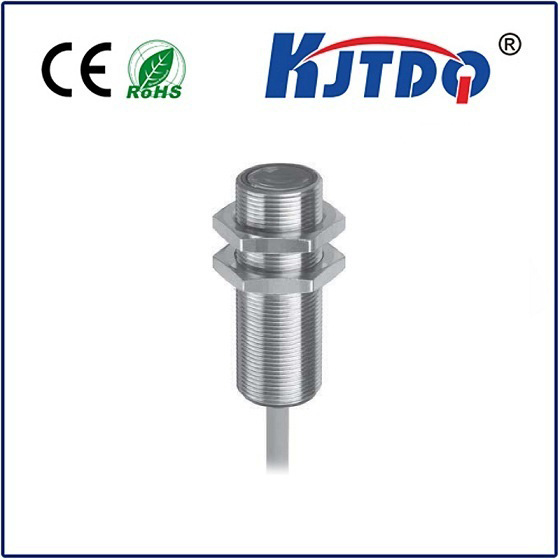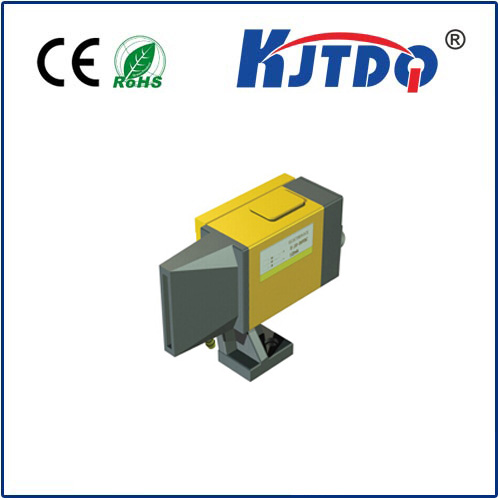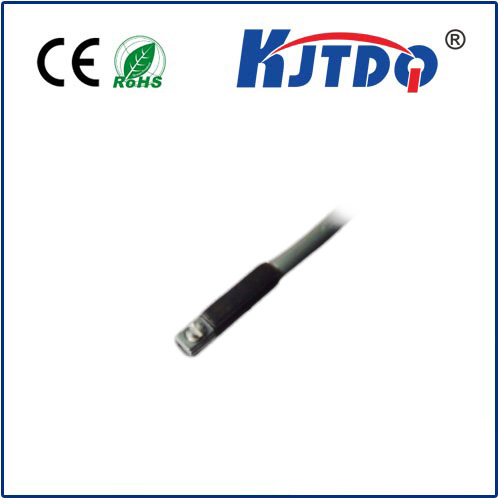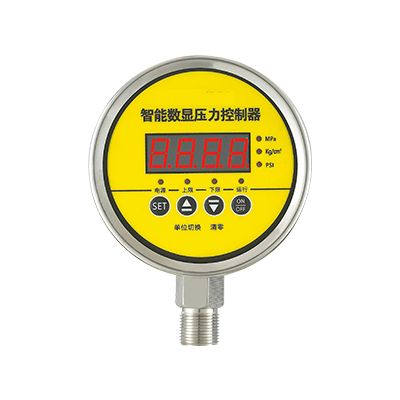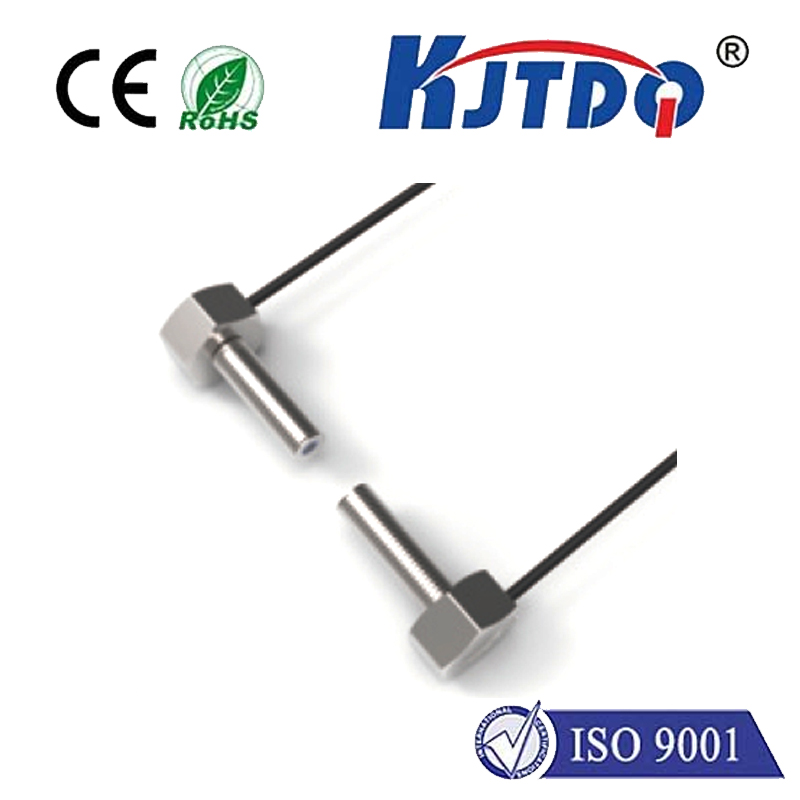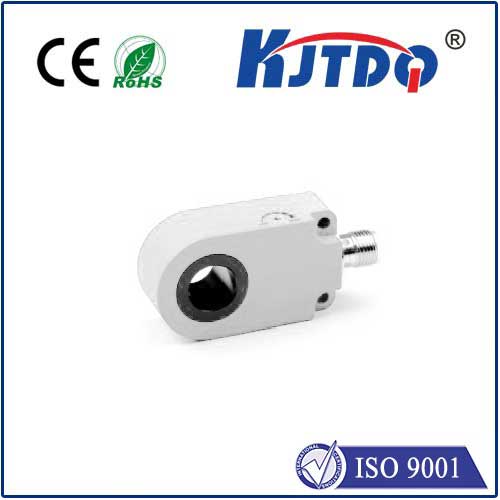Consider the last time an elevator door opened without you touching it, or your smartphone screen dimmed as you held it to your ear. These moments of seamless interaction with technology often rely on unseen sentinels: proximity detection solutions. In the demanding world of industrial automation, this distinction becomes critical – understanding the nuanced relationship between proximity sensors and proximity switches is fundamental to optimizing efficiency and safety on the factory floor. While the terms are often used interchangeably, recognizing their specific functions unlocks a deeper level of control system design.
At its core, the difference lies in the output and role within a circuit. A датчик приближения is the detection device. It generates an electrical signal (analog or digital) in response to the presence or absence of a nearby target object – without any physical contact. This signal provides valuable information about the object’s position, distance, or even composition, depending on the sensor technology.
Conversely, a Переключатель приближения incorporates the sensing element found in a proximity sensor but integrates it directly into a switching mechanism. Its primary function is robust and binary: to open or close an electrical circuit based on target detection. Think of it as a sensor and a relay combined into one hardened unit, designed specifically for industrial control tasks demanding a simple ON/OFF signal.
Decoding the Technologies Behind Detection
Proximity sensors and switches primarily leverage three distinct physical principles for non-contact sensing:

Inductive Proximity Sensors/Switches: These stalwarts of the industrial world detect ferrous metals (like iron, steel) and sometimes non-ferrous metals. They generate an electromagnetic field. When a metal target enters this field, it induces eddy currents, causing a measurable change in the field oscillation. This change triggers the sensor’s output. Inductive devices are renowned for their robustness, reliability, and resilience in dirty environments – resistant to dust, oil, and moisture. They are the go-to choice for detecting metal parts in machinery, position sensing on conveyors, and verifying part presence. Proximity switches using inductive technology are exceptionally common for straightforward position confirmation tasks.
Capacitive Proximity Sensors/Switches: These devices detect a far broader range of materials by sensing changes in capacitance. They generate an electrostatic field. Any object (metal, plastic, wood, liquid, granular materials) entering this field alters its capacitance. Key advantages of конденсаторный датчик include their ability to sense non-metallic targets through non-metal barriers (like detecting liquid levels inside plastic tanks or monitoring the fill level of powders in cardboard boxes). However, they can be more susceptible to environmental factors like humidity than inductive types.
Magnetic Proximity Switches (Reed Switches): These are fundamentally switches activated by the presence of a magnetic field, typically from a permanent magnet attached to a moving part. When the magnet approaches, internal ferromagnetic reeds within the sealed glass tube flex and make contact, closing the circuit. Magnetic proximity switches offer very low power consumption, high reliability for millions of cycles, and immunity to dust, water, and corrosive environments. They excel in safety-related applications like detecting door/cabinet positions, cylinder rod positioning, and hazardous areas where sparks are a concern. They are specifically designed for ON/OFF switching.
Choosing the Right Sentinel for the Task
Selecting the optimal proximity solution hinges on several critical factors:
The Power of Non-Contact Sensing in Modern Automation
The widespread adoption of proximity technology stems from its transformative benefits:
Proximity Sensing: The Unseen Engine Driving Automation
From monitoring the precise position of robotic arms and verifying part placement on assembly lines to controlling conveyor speeds and ensuring safety guards are in place, proximity sensors and switches are the invisible nervous system of modern industry. Inductive proximity switches confirm the passage of metal components with unwavering reliability. Capacitive proximity sensors silently monitor liquid levels in opaque tanks. Magnetic proximity switches ensure machine access doors are securely closed before operation commences. This seamless integration enables the high-speed, high-precision, and remarkably safe manufacturing processes we rely on daily. Their non-contact nature is not just a feature; it’s the foundation of their robustness and the key to unlocking higher levels of automation efficiency. Understanding whether the application demands the informational output of a sensor or the decisive switching action of a proximity switch is the first critical step toward an optimized, high-performing system. Their silent vigilance truly forms industrial automation’s indispensable sixth sense.
